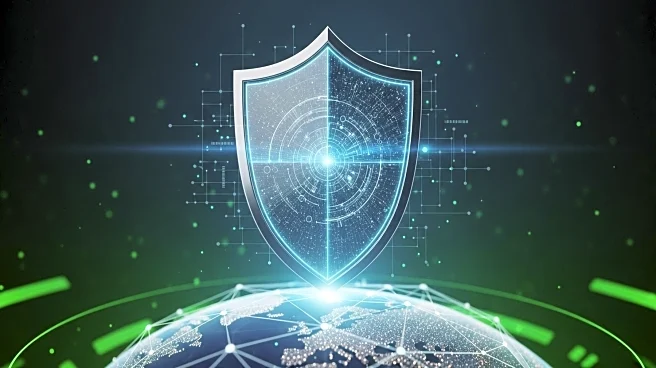What's Happening?
The recent cyber attack on Jaguar Land Rover (JLR) has highlighted significant vulnerabilities in modern economies, particularly concerning the insurability of large-scale cyber risks. The attack, which halted production and incurred substantial financial losses, underscores the challenges faced by multinational companies in securing adequate cyber insurance coverage. According to Insurance Times, JLR was not insured against such attacks, reflecting a cautious approach by underwriters towards companies with extensive supply chains. The incident is part of a broader trend of increasing cyber threats targeting large corporations and public sector entities, with attackers exploiting the interconnected nature of modern business operations.
Why It's Important?
The JLR cyber attack serves as a stark reminder of the growing threat posed by cybercriminals to major corporations and the potential financial impact of such incidents. As cyber attacks become more sophisticated, the insurance industry faces pressure to adapt its coverage offerings, potentially leading to higher premiums and more exclusions. This situation could affect the ability of businesses to protect themselves against cyber risks, influencing their operational strategies and investment in cybersecurity measures. The attack also raises questions about the resilience of supply chains and the need for robust cybersecurity protocols to safeguard sensitive information and maintain business continuity.
What's Next?
In response to the increasing frequency and severity of cyber attacks, the insurance industry may see a shift towards more stringent underwriting practices and the introduction of new policy terms. Companies are likely to invest more in cybersecurity infrastructure and employee training to mitigate risks. Additionally, there may be a push for regulatory changes to enhance cybersecurity standards across industries. Stakeholders, including businesses, insurers, and policymakers, will need to collaborate to address the evolving cyber threat landscape and ensure adequate protection for critical infrastructure and data.










